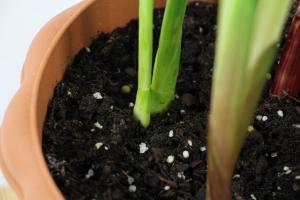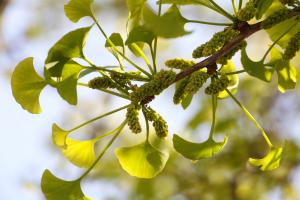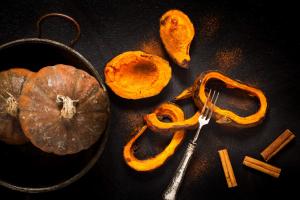What to Do When Potted Landscape Plant is Root Bound
A beautiful potted landscape plant can add charm, color and fragrance to your home, patio or garden. With proper care and maintenance, these plants can thrive for years, producing beautiful blooms and lush foliage. However, when a plant becomes root bound, it can lead to a host of problems that can eventually kill the plant. Here's what to do when your potted landscape plant is root bound.
Determine if Your Plant is Root Bound
When a plant is root bound, it means that its roots have outgrown the container it is planted in. This can be easily determined by removing the plant from its container and examining the roots. If the roots are tightly packed and form a solid mass, then your plant is root bound.
Why is a Plant Root Bound?
A plant can become root bound for several reasons, including:
The container is too small for the plant's growing needs
The plant has been growing in the container for too long
The plant has been over-watered, causing the roots to rot
How to Fix a Root Bound Plant
If your potted landscape plant is root bound, there are several steps you can take to fix the problem:
Step 1: Repot the Plant
The first thing you need to do is to repot your plant into a larger container. Choose a container that is 1-2 inches larger in diameter and depth than the current container. Make sure the new container has drainage holes to prevent water from accumulating at the bottom.
Step 2: Remove the Plant from the Container
Gently remove the plant from its current container by gripping the base of the stem and pulling it out. If the plant is stubborn, you can use a knife or scissors to loosen the soil around the edges of the pot. Be careful not to damage the roots.
Step 3: Prune the Roots
Once the plant is out of its container, you will need to prune the roots. Gently shake off excess soil and cut away any dead or damaged roots. Using a clean pair of scissors, trim away any long or tangled roots. This will encourage new growth and prevent the plant from becoming root bound again in the future.
Step 4: Repot the Plant
Place a layer of potting soil at the bottom of the new container and place the plant in the center. Fill in the space between the plant and the container with fresh potting soil, lightly pressing down to remove any air pockets. Water the plant thoroughly and place it in a sunny location.
Preventing Root Bound Plants
The best way to prevent your potted landscape plant from becoming root bound is to make sure it is placed in a container that is the right size. As a general rule, the diameter of the container should be one-third the height of the plant. You should also avoid over-watering your plant, as this can cause the roots to rot and become stunted.
By following these steps, you can ensure that your potted landscape plant remains healthy and thriving for years to come.

 how many times do yo...
how many times do yo... how many planted tre...
how many planted tre... how many pine trees ...
how many pine trees ... how many pecan trees...
how many pecan trees... how many plants comp...
how many plants comp... how many plants can ...
how many plants can ... how many plants and ...
how many plants and ... how many pepper plan...
how many pepper plan...




























